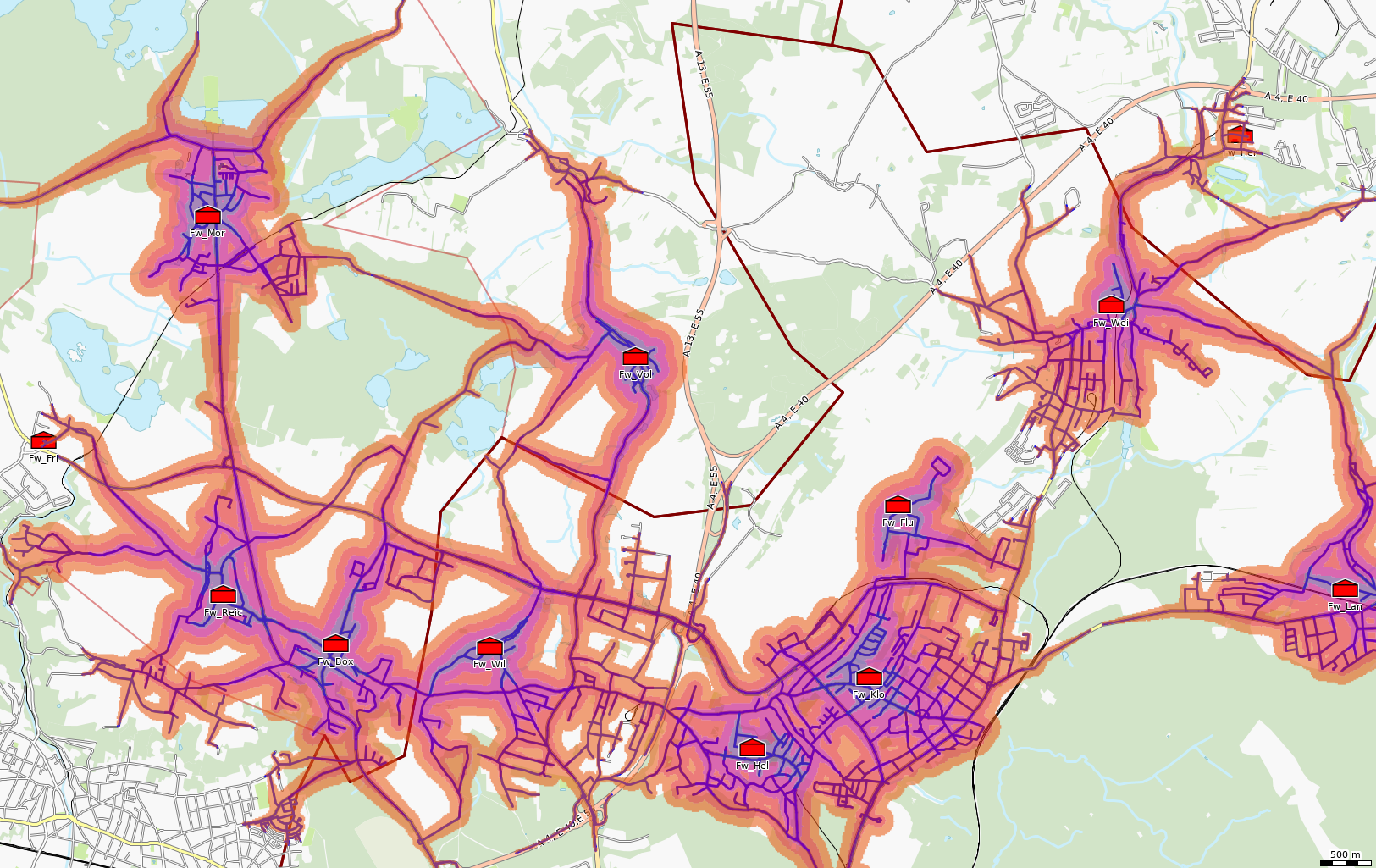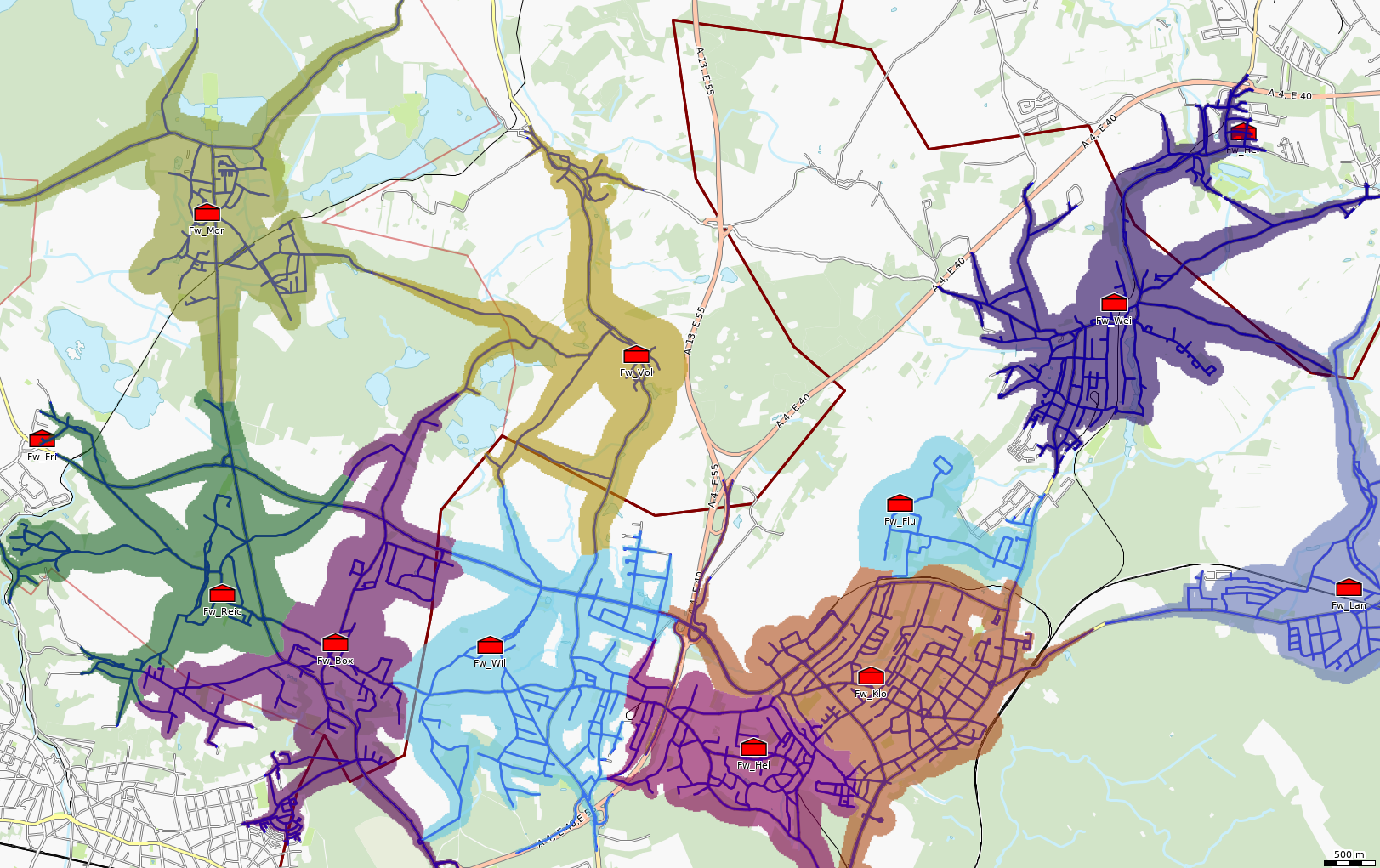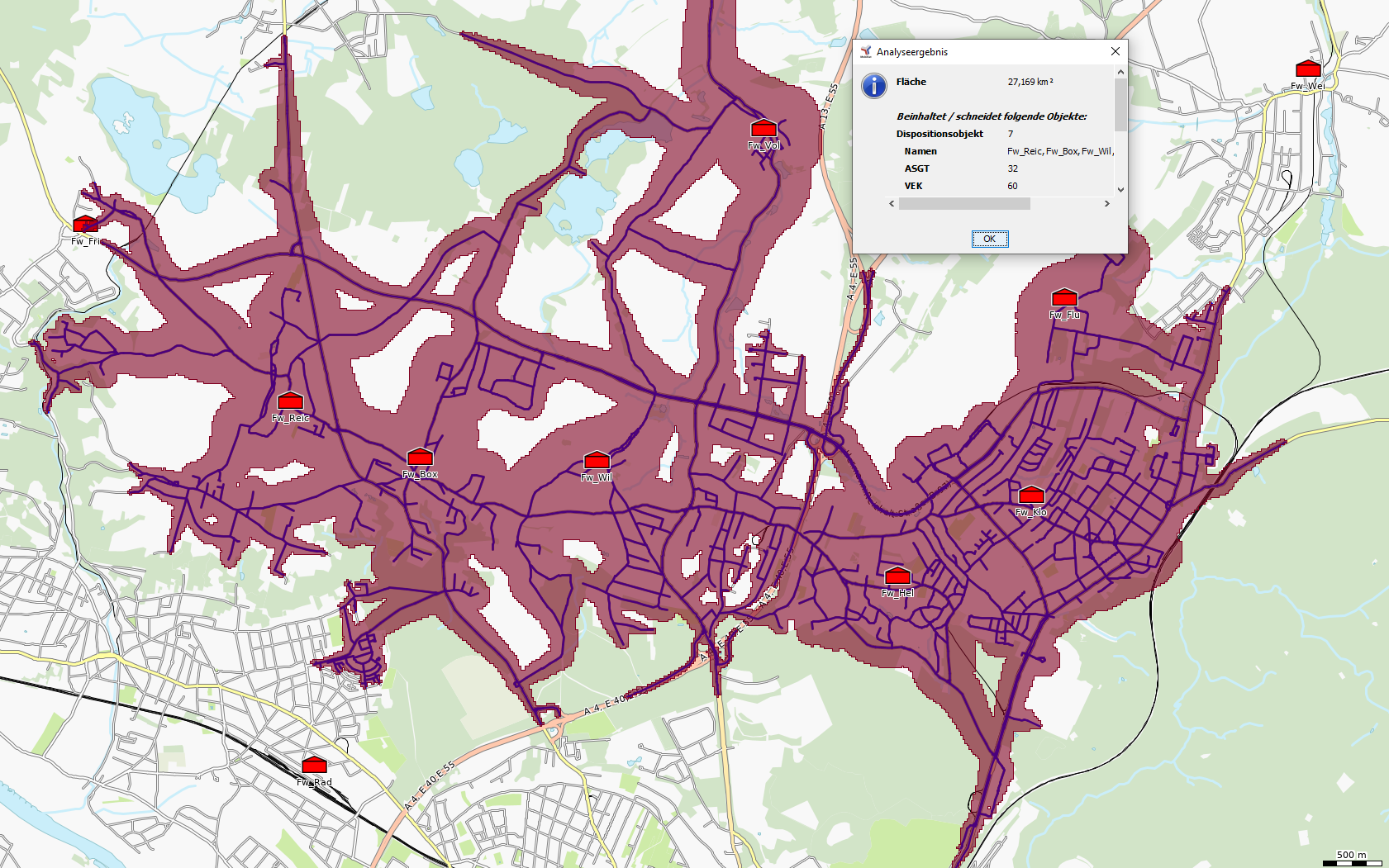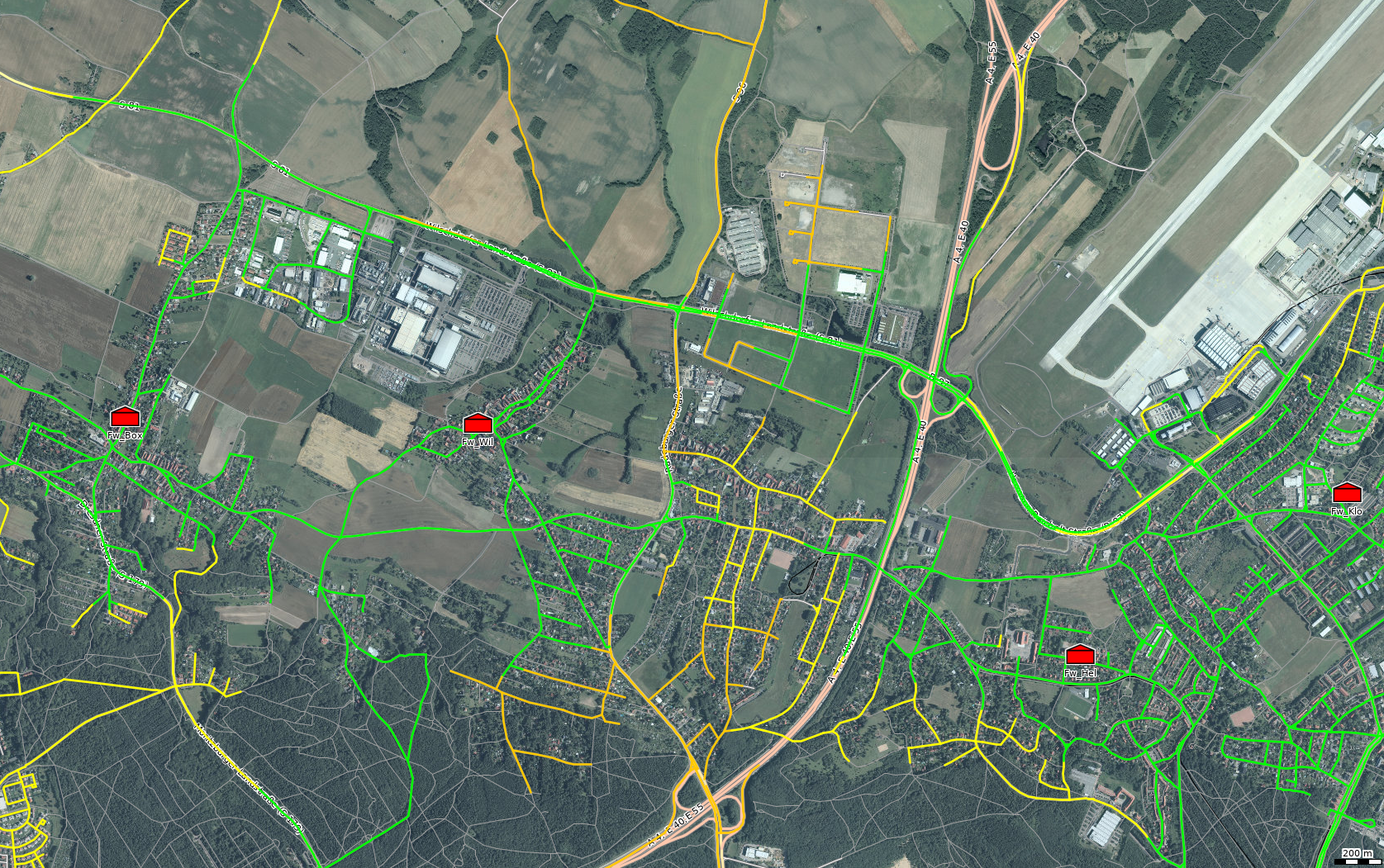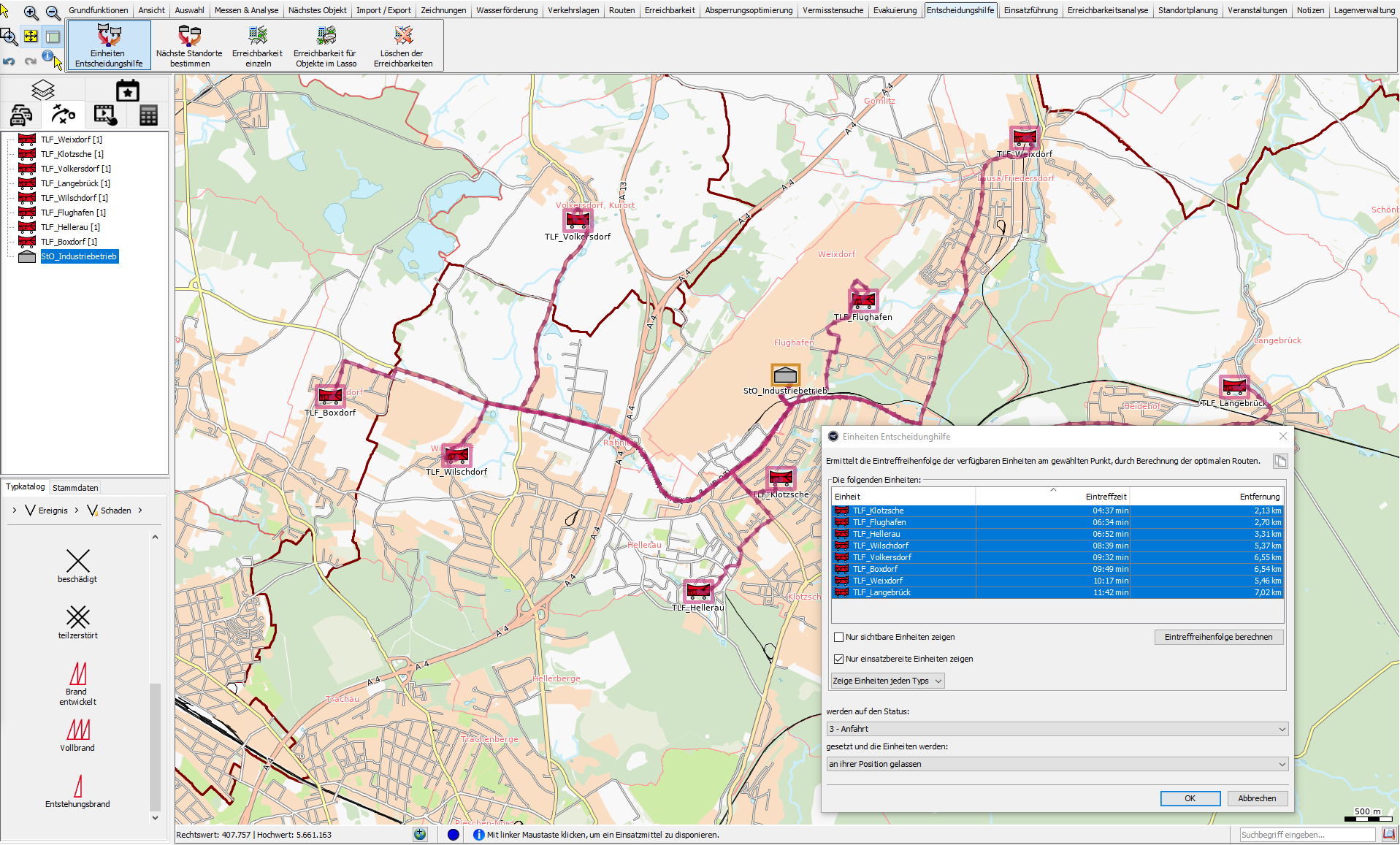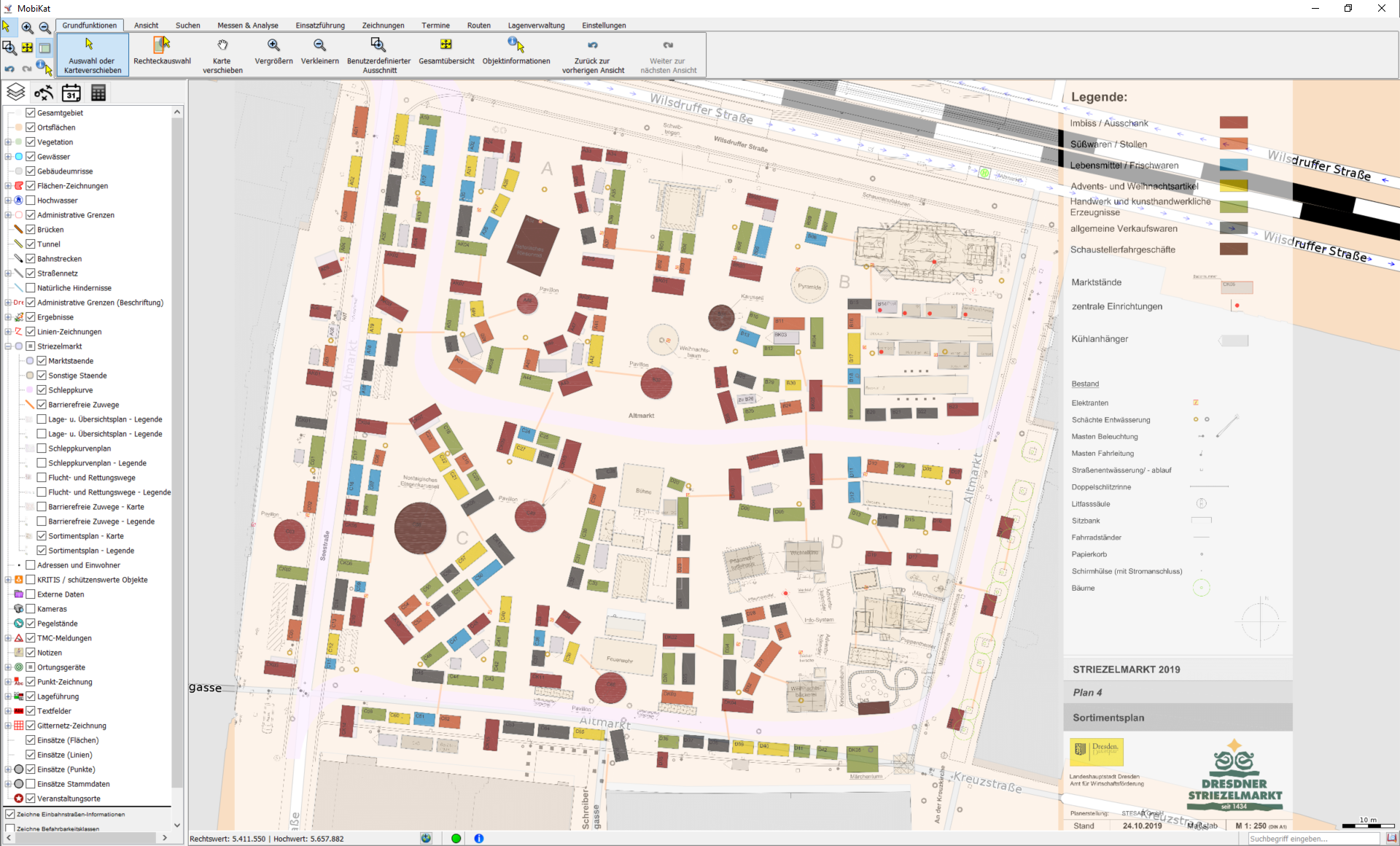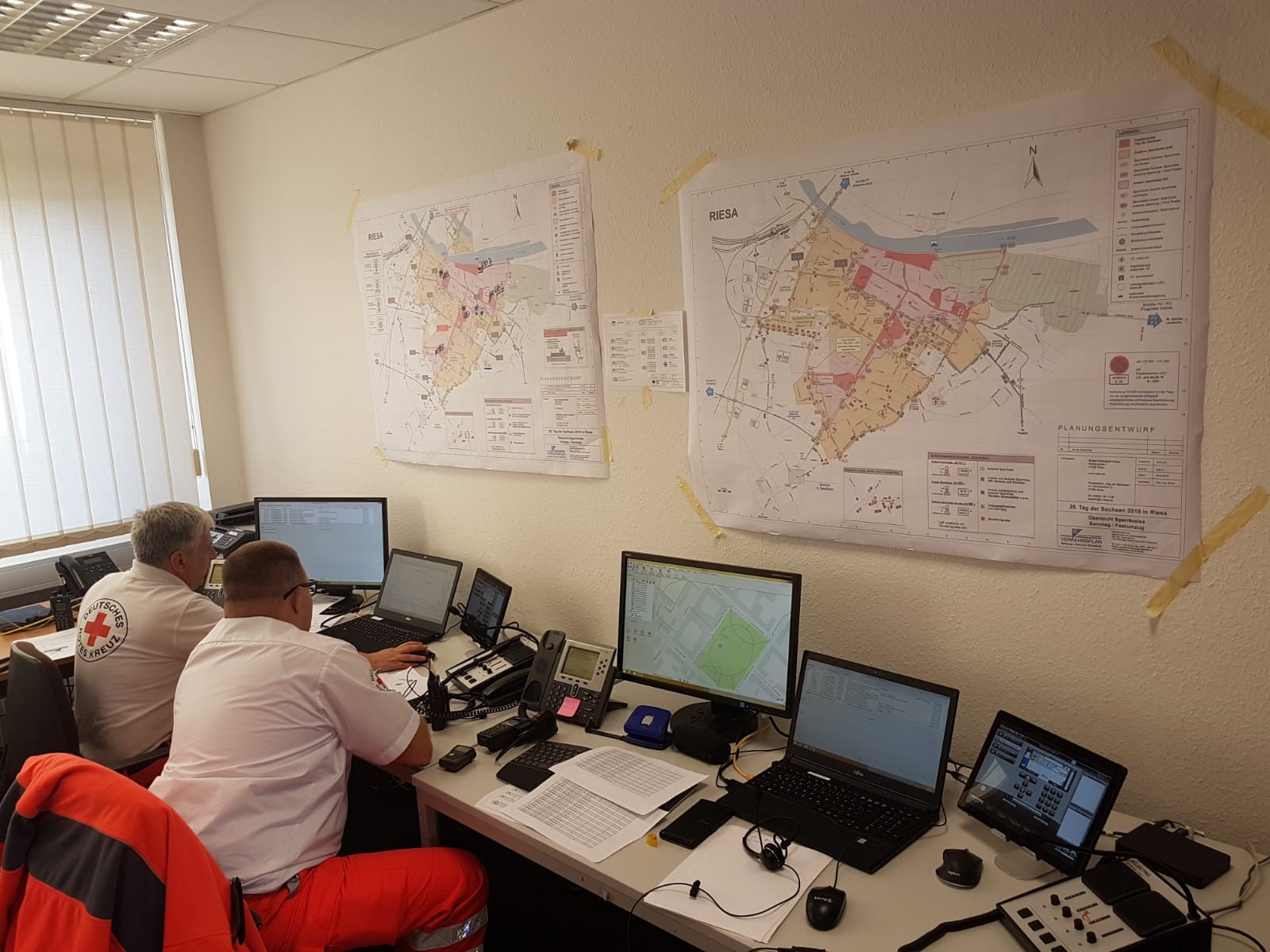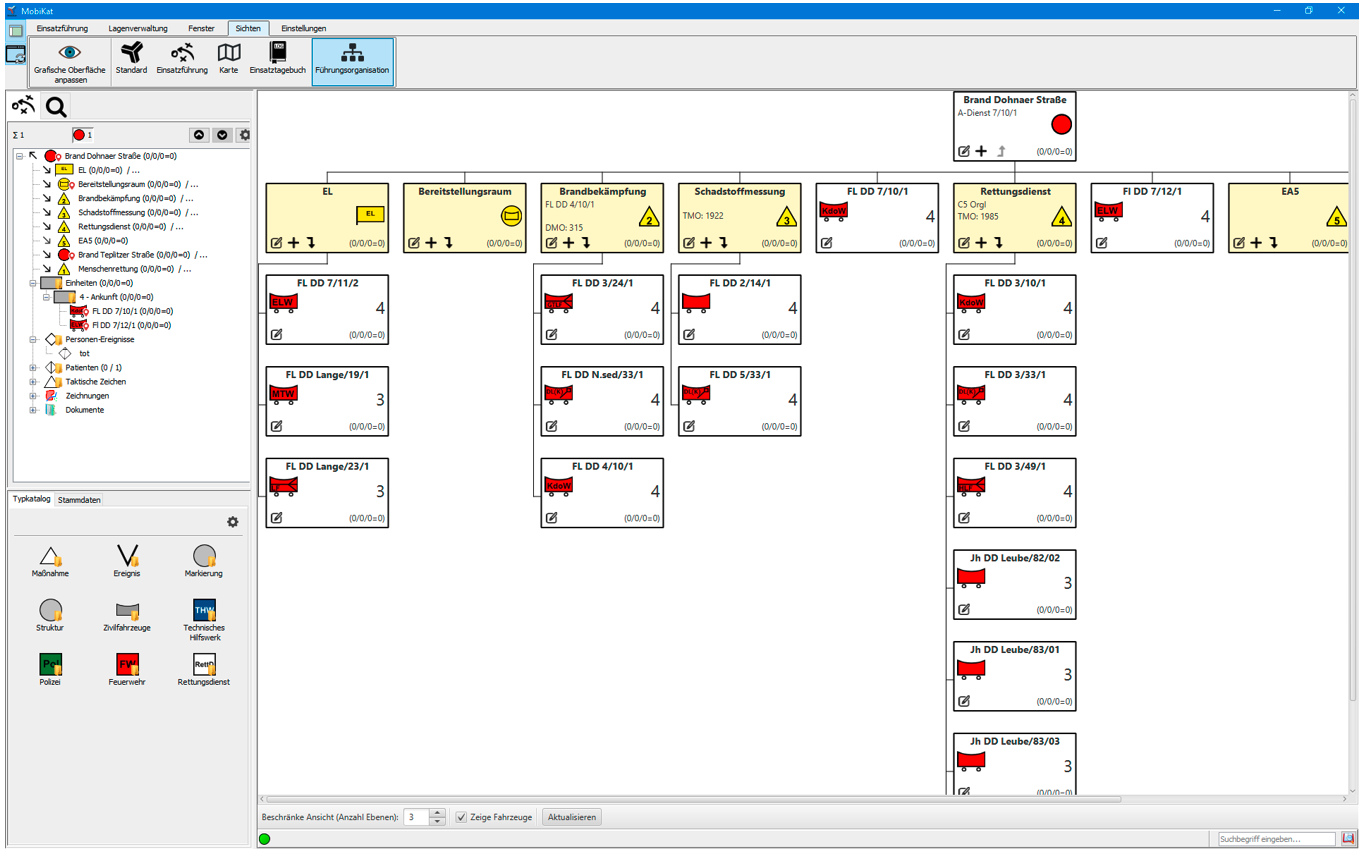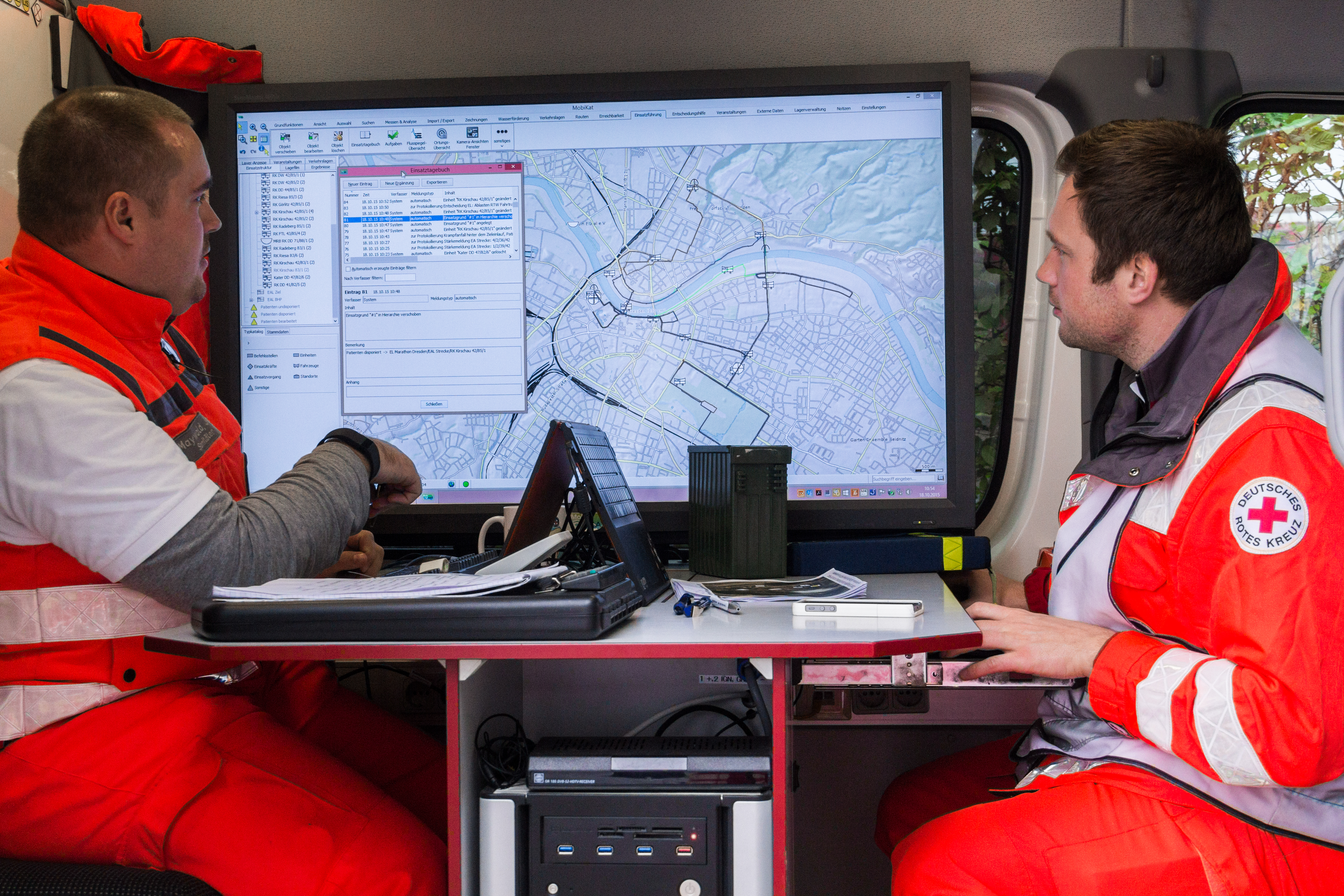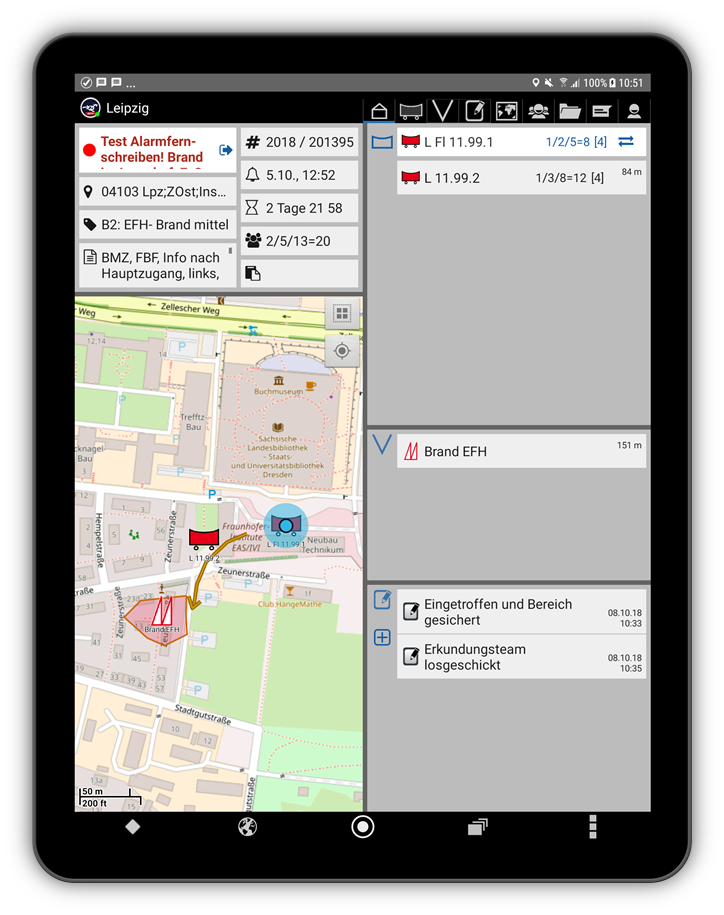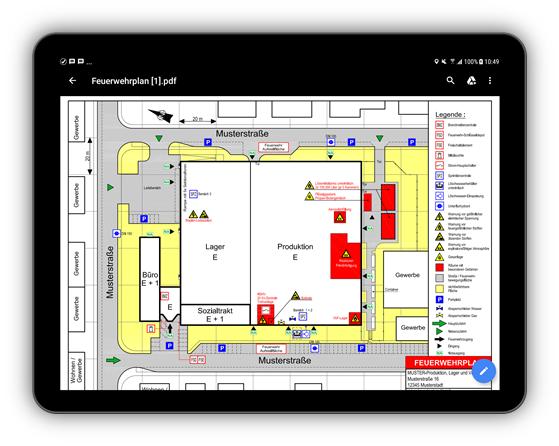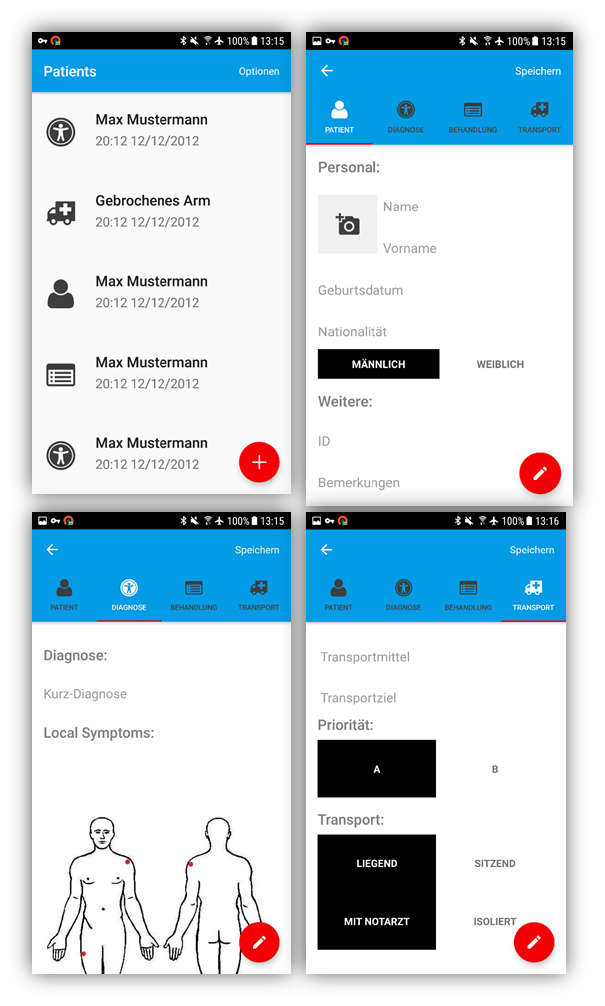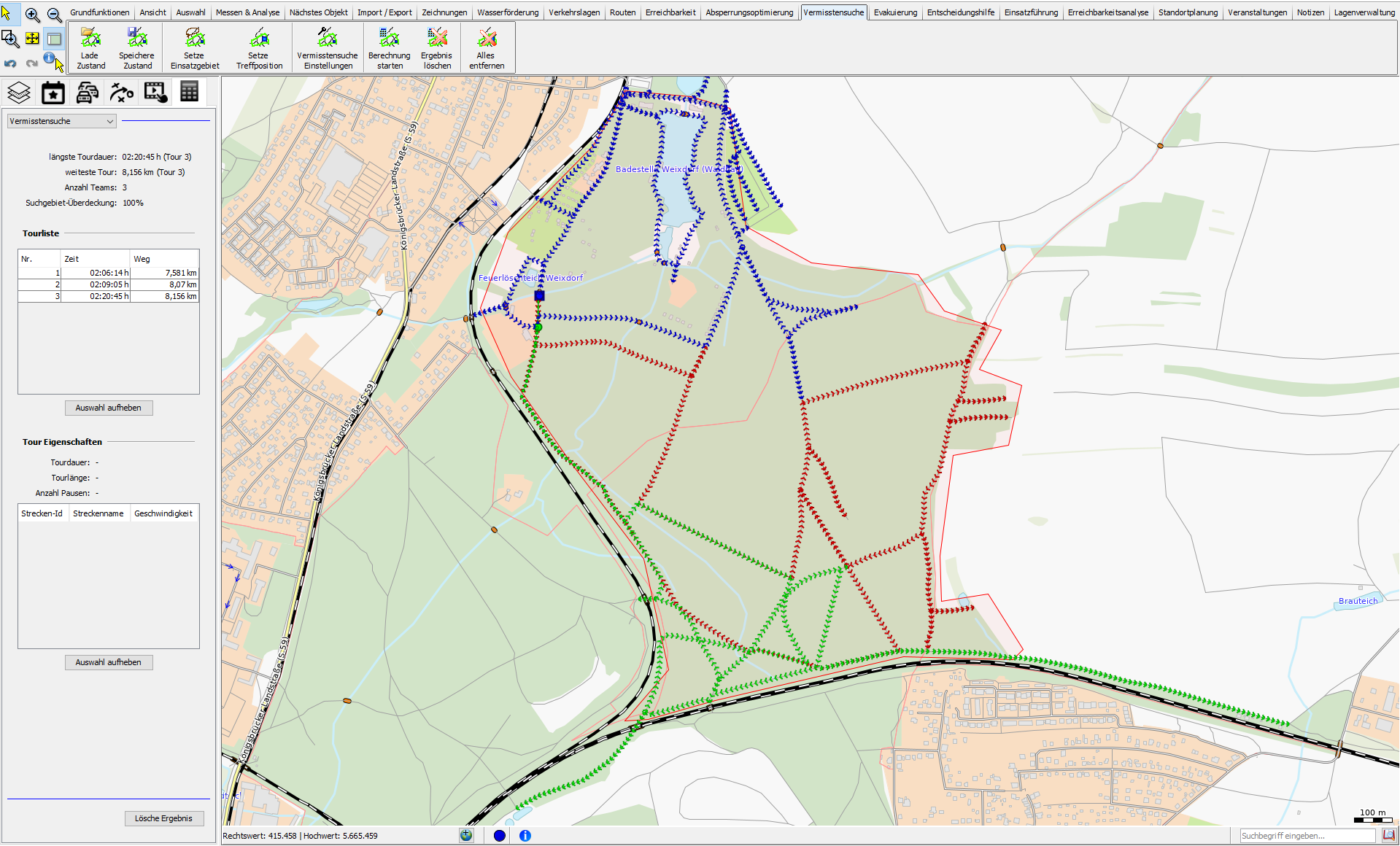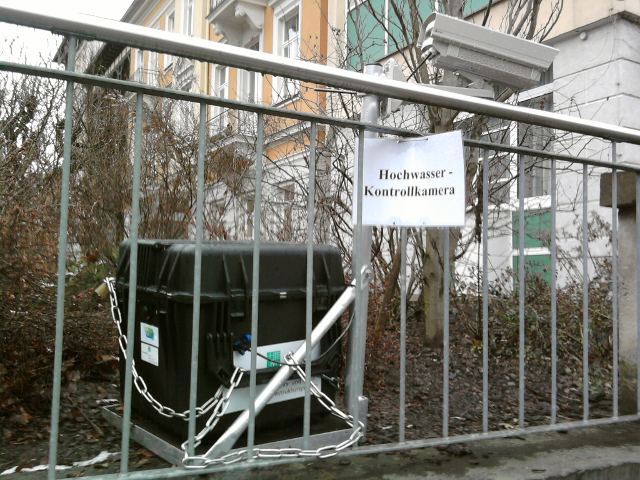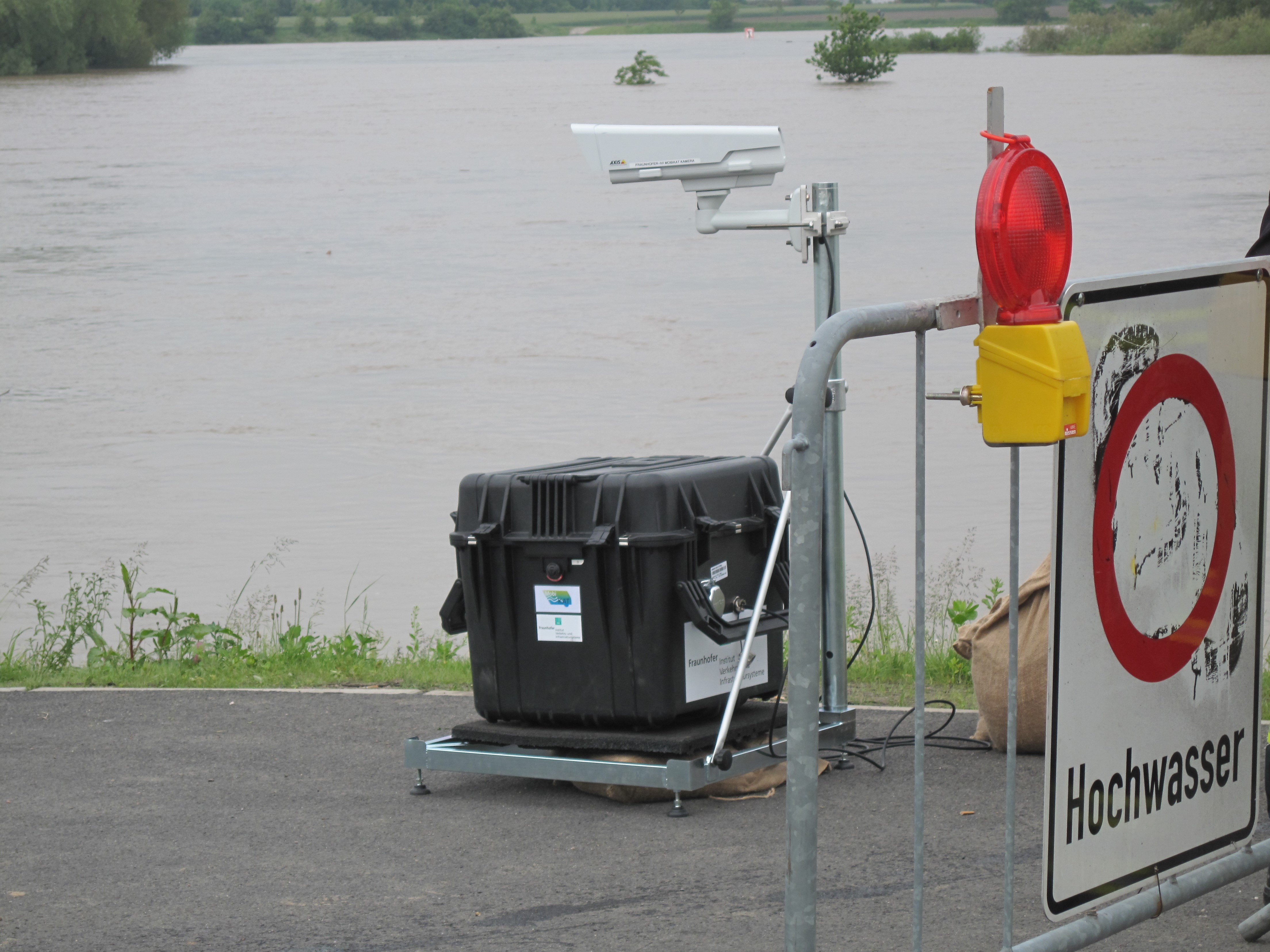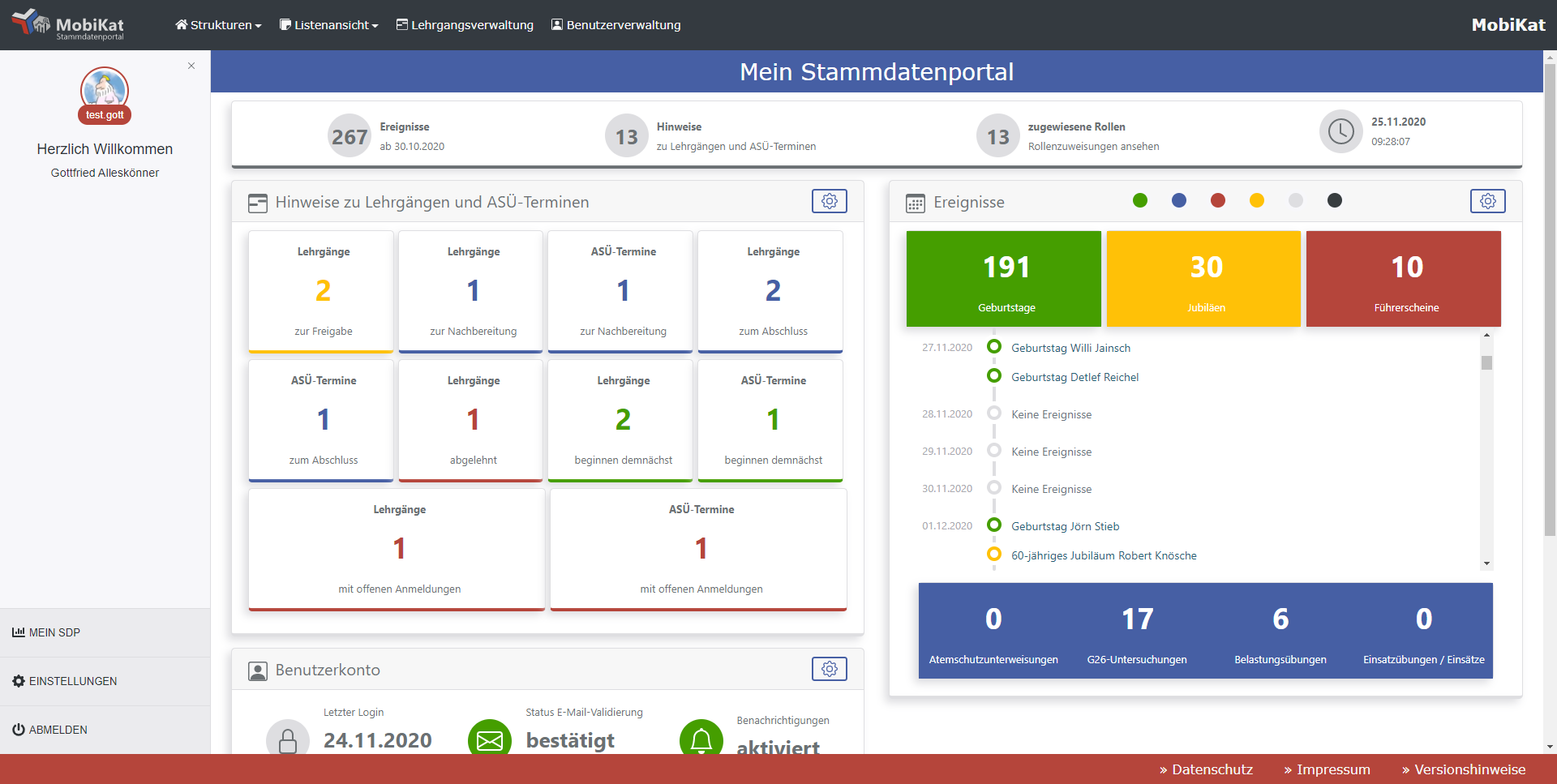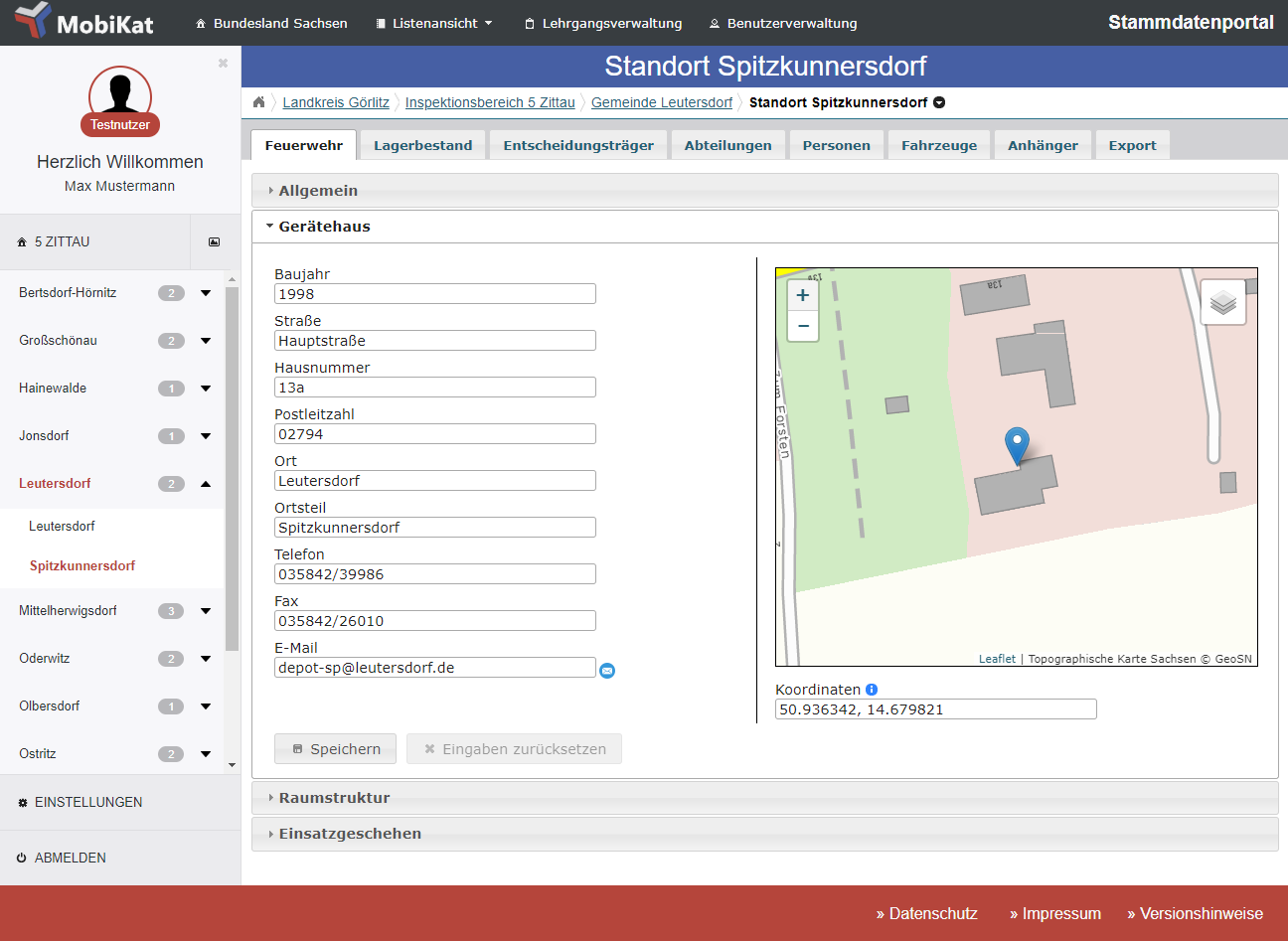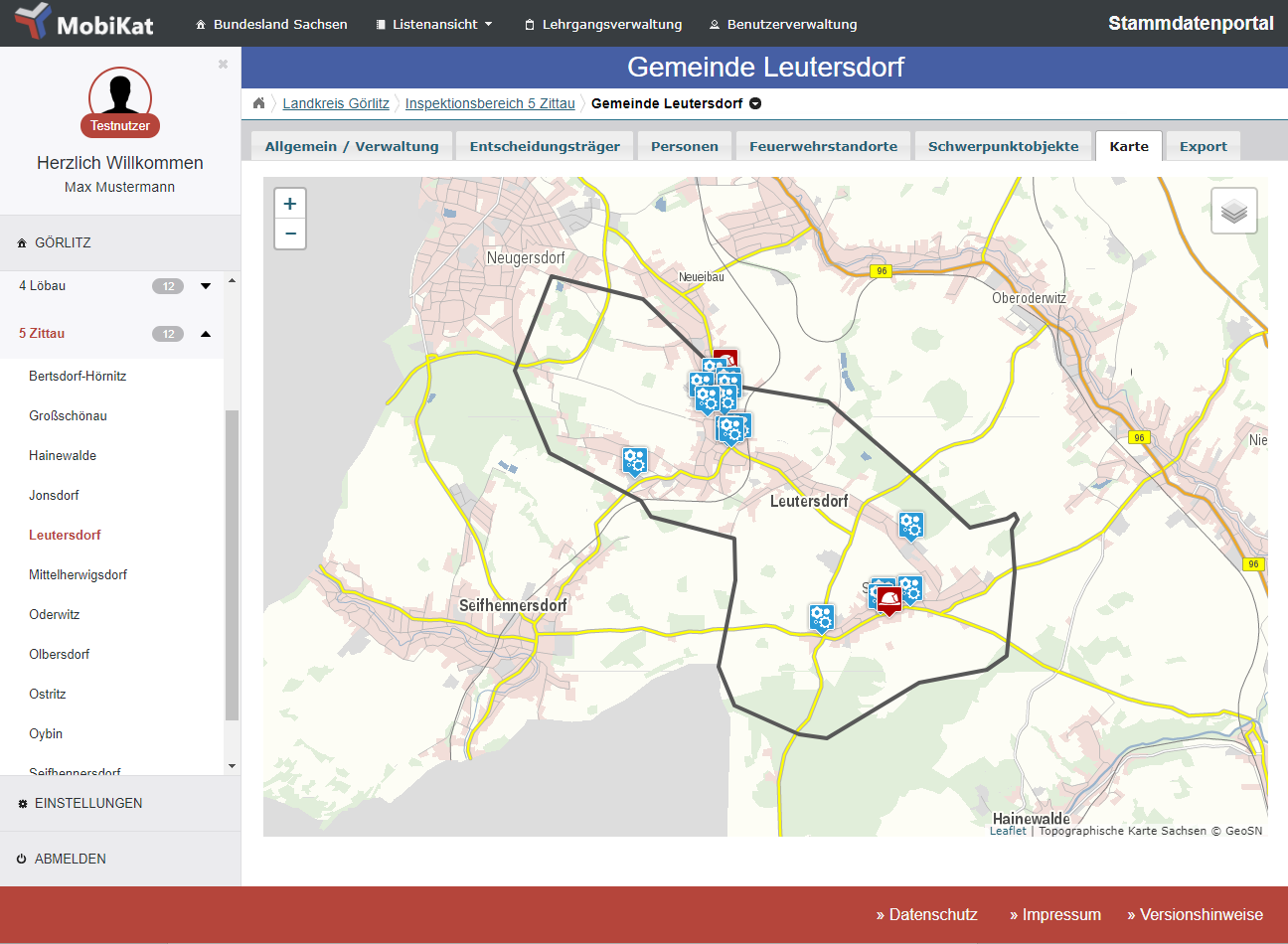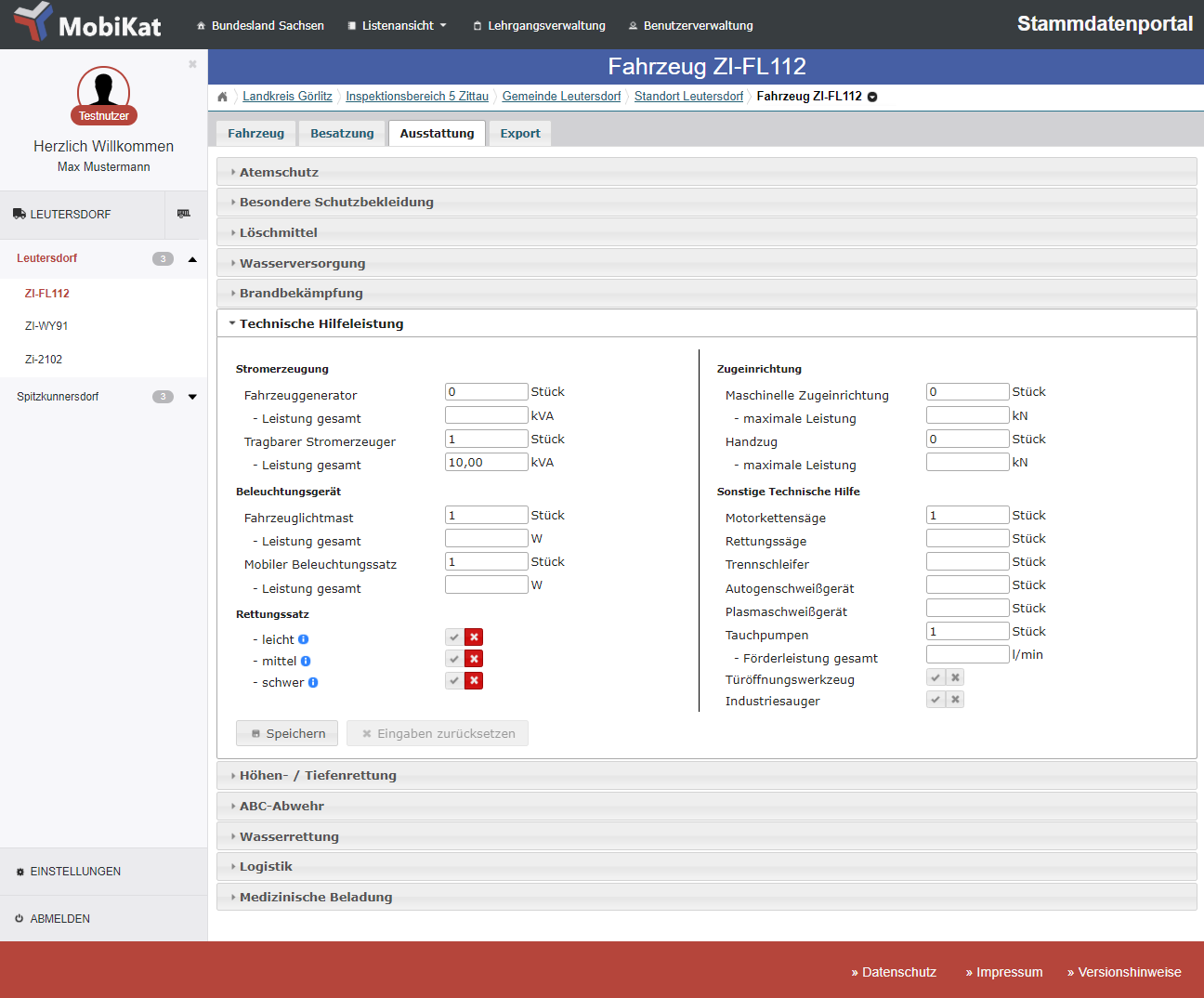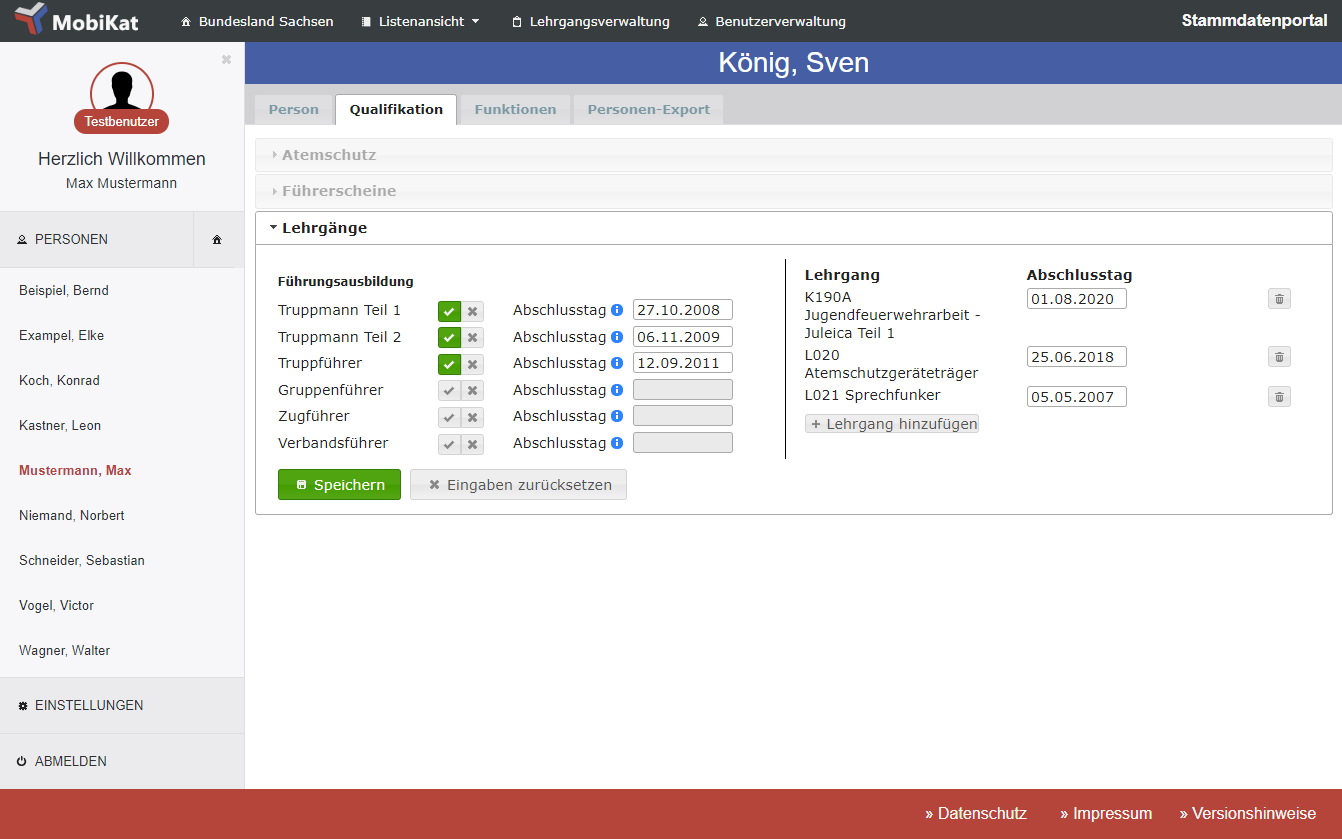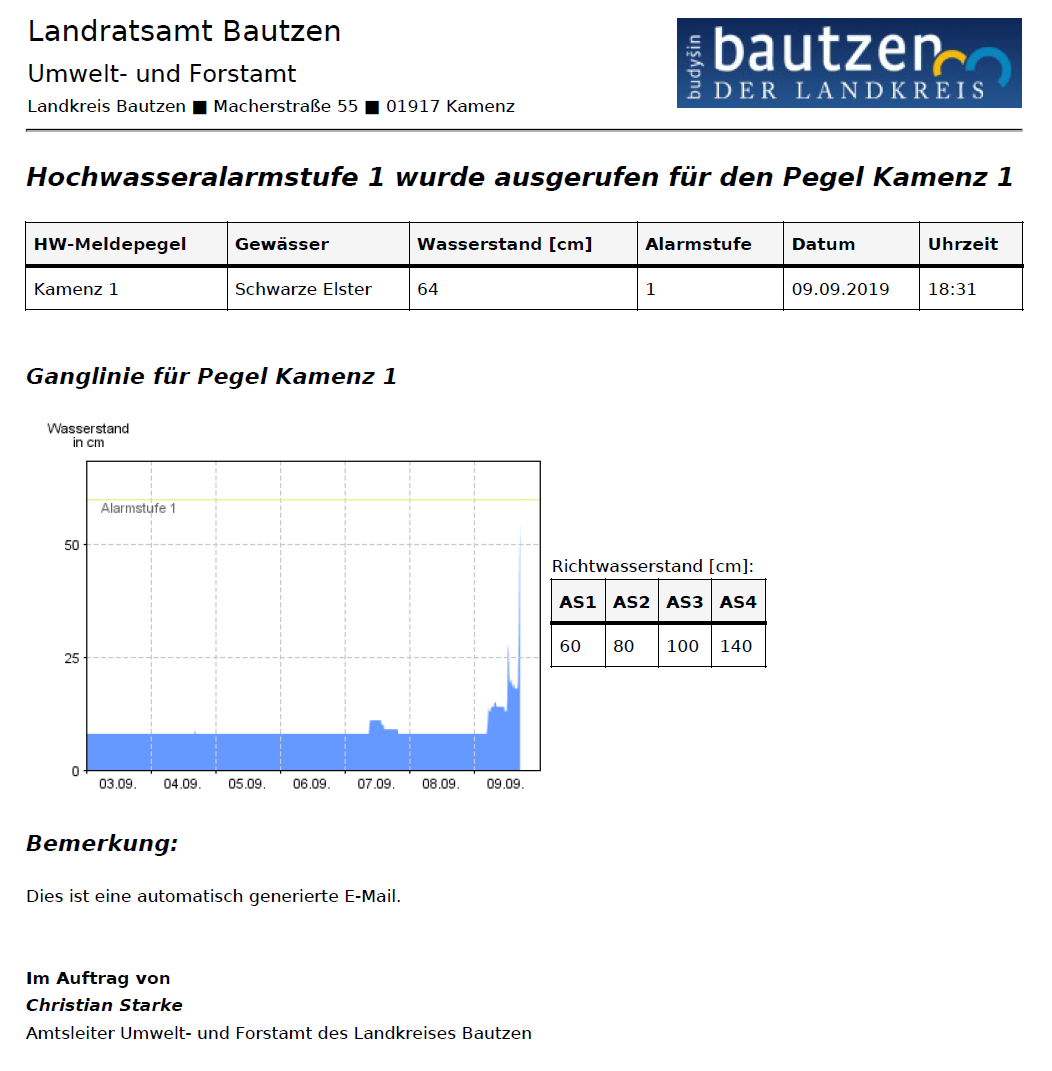In addition to the administration of general information on organizational structures and available staff, specific and extensive data on vehicles, their load and existing equipment can be documented. The clearly defined role and authorization concept guarantees that only the respective authorized users can access and process the data. By entering individual data on lower levels (e. g. locations, vehicles), aggregated values – such as the entire stock of equipment for one location including all equipment already loaded on the vehicles – are automatically calculated on higher levels (e. g. municipalities, districts).
With the level of detail maintained for personal data, information can be exported to Excel and PDF. These include personal data sheets, birthday and attendance lists as well as fire department specific overviews related to anniversaries and breathing apparatus wearers.
In addition, the system has an integrated option for entering and managing courses that is linked to the personal data. It is not only possible to enter courses – the system represents the entire process: Once a course has been entered by the district instructor and approved by the designated person in the district administration, it is published so that registrations can be performed and confirmed by the responsible levels. After the completion of a course, the instructor can enter an evaluation for each participant. Successfully completed courses are automatically transmitted into the participant’s records and the district administration can issue certificates. The system also features a function for organizing fire department specific training facilities for respiratory protection.
Responsible person: |
registers and updates detailed information on: |
District administration, district fire chief, district administrator |
|
Deputy district fire chief |
|
Municipal (community/volunteer) fire chief, administrator |
- Decision makers and responsibilities in the district administration incl. availabilities
- Critical infrastructure objects (CI): CI category, contact person, coordinates, precautionary statements, access information and fire evacuation plans
- Course registration
|
Local (community/volunteer) fire chief |
- Fire departments: responsible persons, inventory
- Staff: personal data, training, qualification
- Equipment
- Vehicle / trailer: vehicle data, equipment, crew
- Course registration
|
District instructor, district administration |
|
| Coordinators of training facilities for respiratory protection, district administration |
- Appointment scheduling for training facilities for respiratory protection
|
Table: Decentralized administration of master data (example: fire department).
The MobiKat® module for operational command can automatically access and use the information entered in the master data portal. Necessary statistics about operations can be generated at any time. The MobiKat® master data portal provides several interfaces for the data to be used in third-party systems, especially in DISMA. With the integrated export functionalities, users can also work offline with the data.

